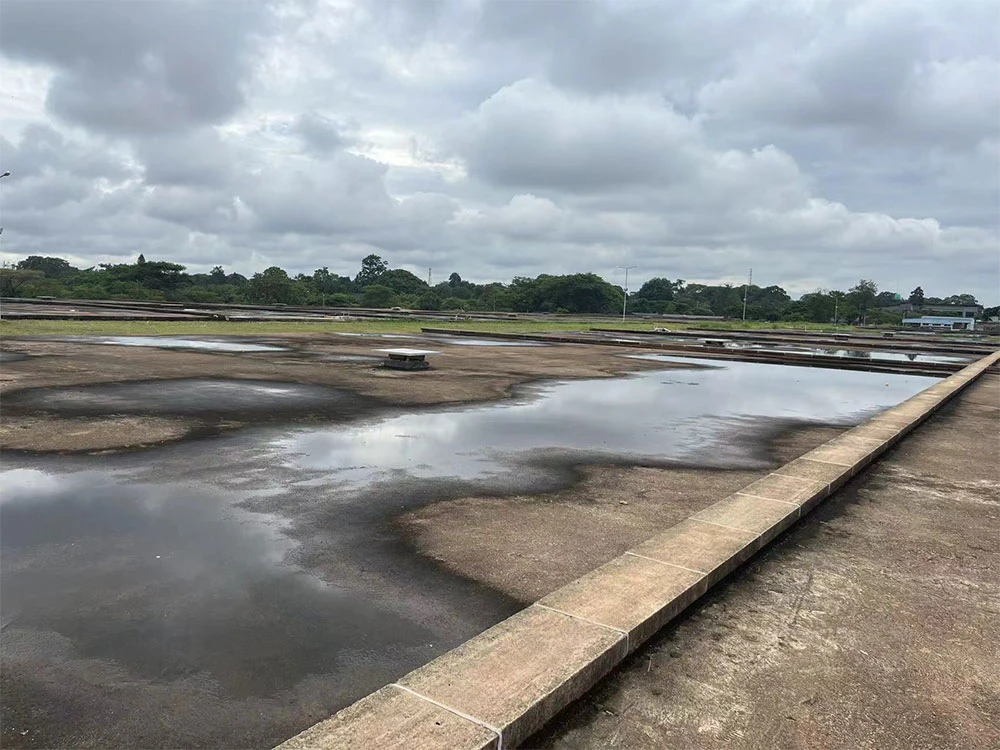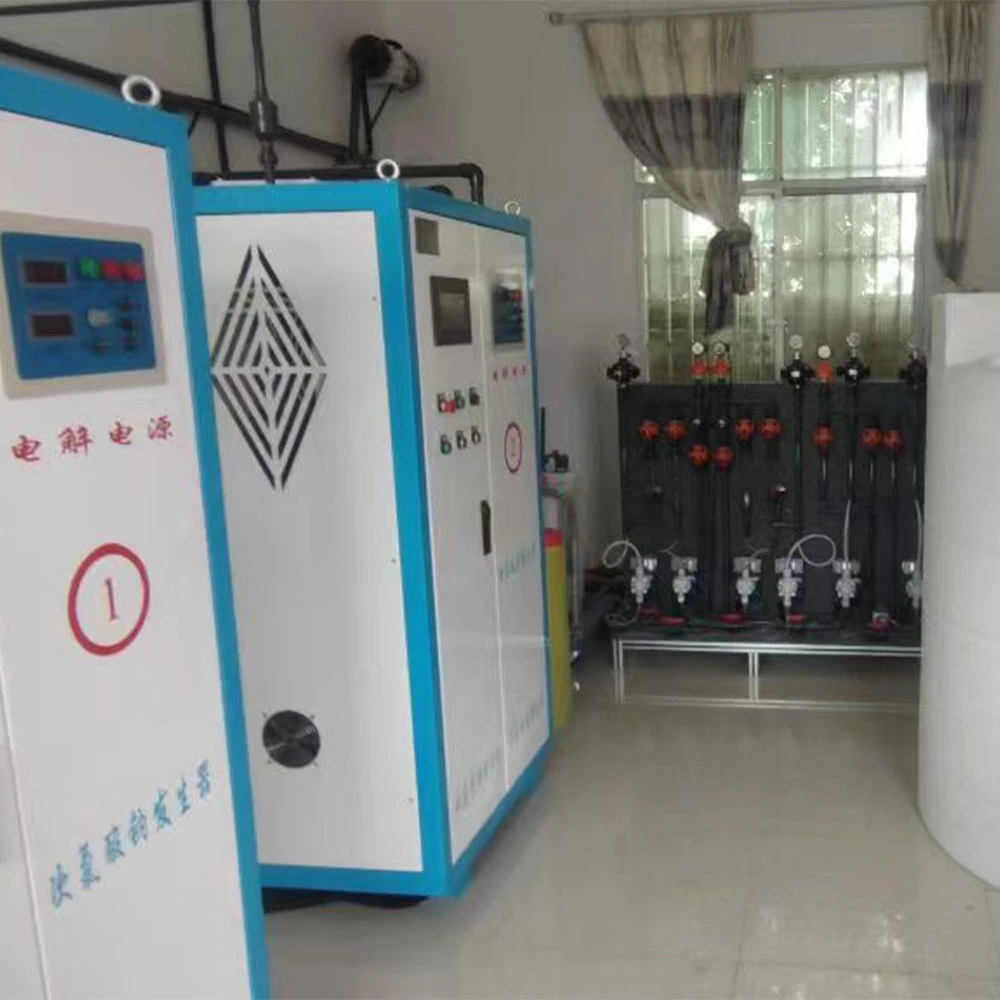Several steps should be noted when operating a sodium hypochlorite generator. Sodium hypochlorite generator is a disinfectant production equipment. Following these rules can ensure your safety and extend the service life of the machine. Keeping safe enables you to use this important tool well, avoid risks and improve efficiency.
Safe Operating Procedures

Starting the sodium hypochlorite generator safely
Starting a sodium hypochlorite generator the right way is very important. First, check that all parts are in good shape. Make sure the power supply is steady and matches what the generator needs. Before turning it on, prepare the electrolyte solution as the maker instructs.
Monitoring the system during operation
When the generator is running, watch it closely. Check pressure gauges, flow meters, and temperature to ensure they stay in the safe range. Strange sounds, shaking, or smells might mean something is wrong. Fix these issues quickly to prevent bigger problems.
Avoiding operational errors
Mistakes during use are the main cause of accidents with sodium hypochlorite generators. Research shows most accidents happen because of user errors, not broken equipment.
Learn how the generator works and what it can’t do. Training helps you use it safely. Following these rules lowers risks and keeps your workspace safe.
Reminder: Most accidents happen because of mistakes, not faulty machines. Always focus on safety.
Shutting down the generator properly
Turning off a sodium hypochlorite generator safely is very important. Doing it right keeps you safe and protects the machine.

Ensuring adequate ventilation
FAQ
What is a sodium hypochlorite generator used for?
A sodium hypochlorite generator makes a disinfectant for cleaning. It is used in water treatment, hospitals, and food factories. This solution kills bacteria, viruses, and algae effectively.
How often should you maintain the generator?
Do basic maintenance every month and inspect it once a year. Clean parts, check for leaks, and replace damaged items. Regular care helps the generator work well and last longer.
Can you use the generator indoors?
Yes, but only if the area has good airflow. Chlorine gas can be dangerous in closed spaces. Use fans or open windows to keep the air fresh and safe.
